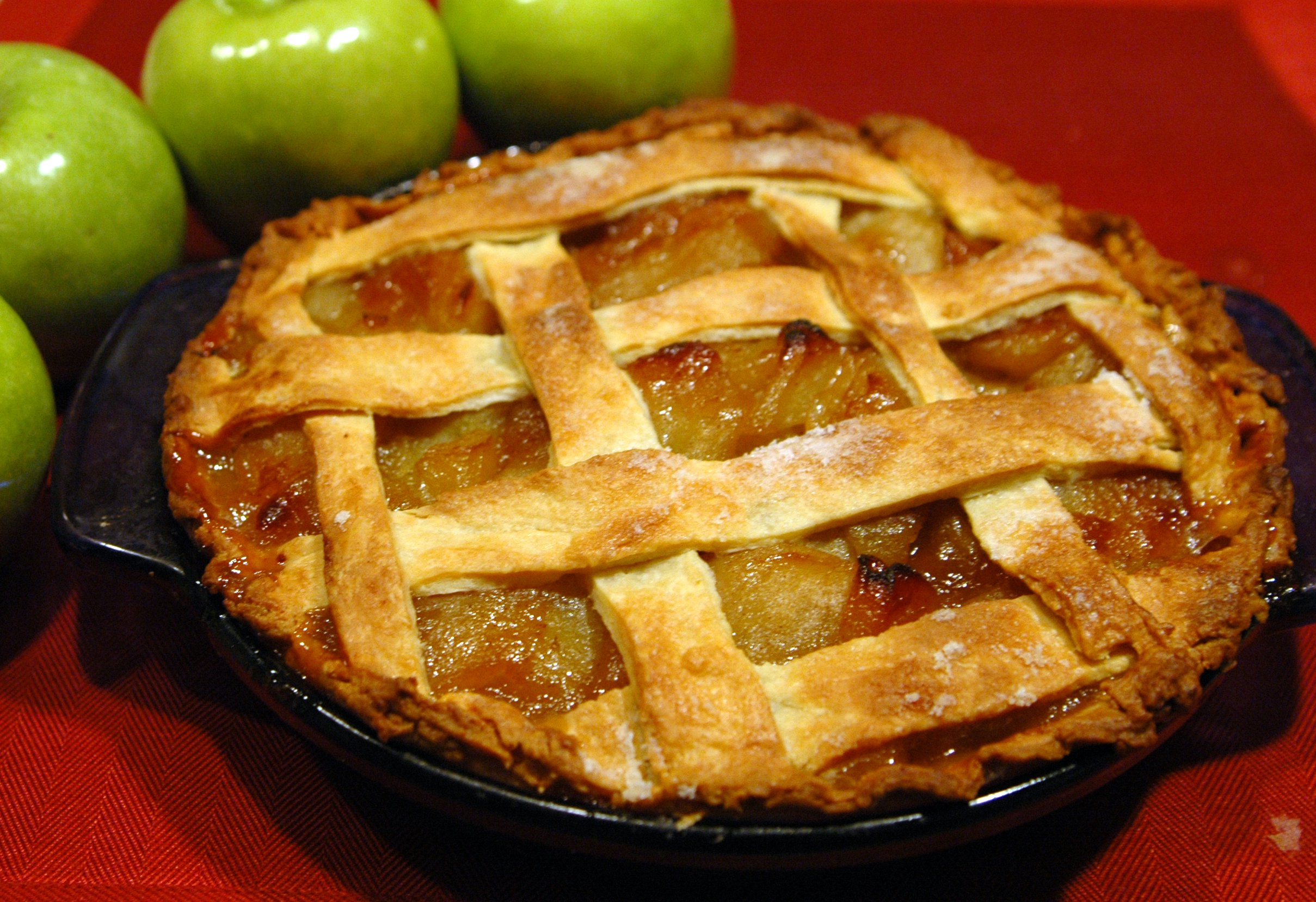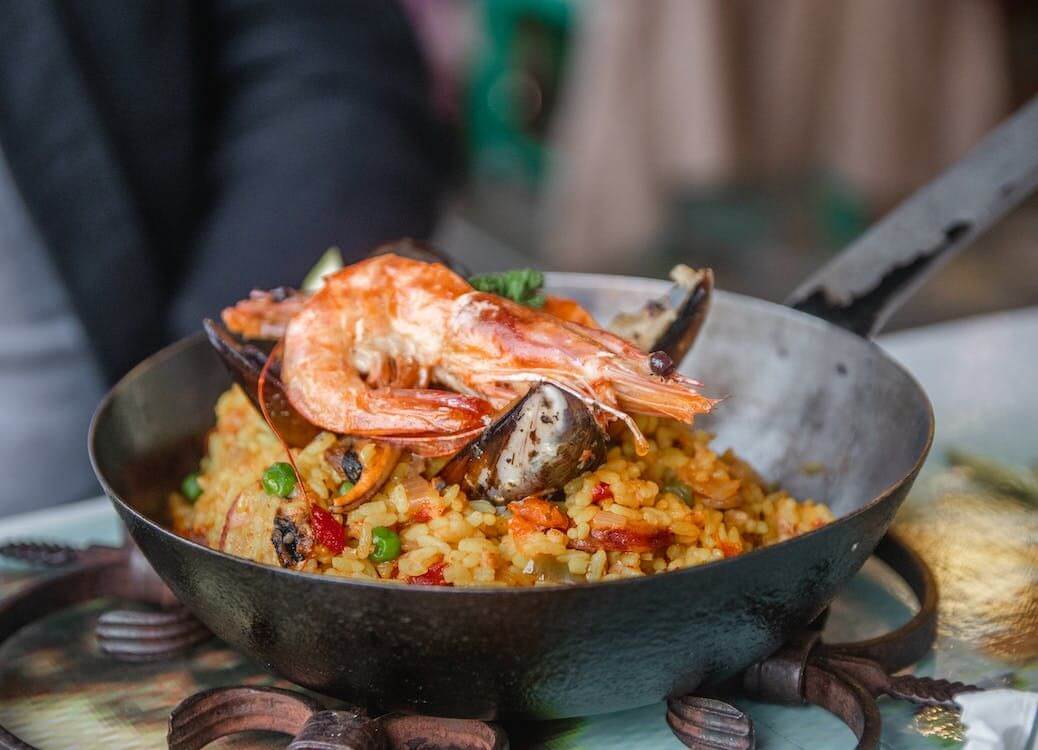“As American as apple pie” is a phrase we’ve often heard, symbolizing things quintessentially American. Yet, the story of apple pie is a rich tapestry that weaves together global history, from ancient Asia to medieval Europe, before becoming a staple in American culture.
Contrary to popular belief, apples are not native to America. The early colonists in North America only found crab apple trees, hardly suitable for pies. The common apples we know today originated from the wild Malus sieversii in Asia. Legend has it that Alexander the Great brought dwarfed apples from Kazakhstan to Macedonia in 328 BC. However, apples have a much longer history, with fossil evidence dating back to the Iron and Stone Ages in Europe.
The Romans are credited with introducing apples to England, and eventually, these fruits made their way to the New World with American colonists. The propagation of apple trees in America faced initial hurdles due to the lack of European honey bees, vital for pollination. The situation improved after the introduction of the Apis mellifera in 1622, a more prolific honey producer than its native counterpart, the Apis mellipona.
Apple pie recipes date back to 1381 in England, with ingredients quite different from what we are familiar with today. These early recipes included figs, raisins, pears, and saffron but rarely sugar, a luxury at the time. The pastry, known as a “coffin,” was not intended for consumption but merely served as a container.
Dutch apple pies, with their characteristic lattice pastry tops, also have a centuries-old history, with recipes appearing in Dutch cookbooks as early as 1514. Similarly, various apple pie recipes were found in French, Italian, and German cookbooks predating the settlement of the American colonies.
In America, apples were initially more commonly used for making hard cider than for pie. The “cooking quality” apples suitable for pies were not yet prevalent in American orchards.
John Chapman, better known as Johnny Appleseed, played a significant role in popularizing apples in America. Born in Massachusetts in 1774, Chapman planted apple orchards across Pennsylvania and Ohio, later selling the land for profit. His rugged, eccentric lifestyle earned him a place as an American folk hero, and his apples became synonymous with American culture.

Apple pie’s status as an American icon was bolstered during World War II. American soldiers, when asked why they were fighting, often responded with the slogan, “For mom and apple pie.” This phrase evolved into “As American as motherhood and apple pie,” eventually shortening to “As American as apple pie” in the 1960s.
An alternative theory suggests that the phrase originated from a marketing campaign by apple growers. This campaign aimed to promote apples as a food item, especially after the decline in hard cider production due to Prohibition. The familiar saying, “An apple a day keeps the doctor away,” is believed to be a part of this marketing effort.
However, there is no concrete evidence to confirm this theory as the origin of “As American as apple pie.” The phrase became prevalent post-WWII, aligning more with the soldier origin theory.
Today, apple pie is an integral part of American cuisine. Despite the initial challenges in cultivating suitable apples, the United States quickly rose to become one of the world’s largest apple producers. With over 220,000,000 bushels produced annually, only second to China, apple pie has indeed found its home in America.
American vs. British Apple Pie
The key distinction between American and British apple pies lies in the ingredients, particularly the seasoning. As noted by Tasting Table on May 10, 2023, American apple pies characteristically include cinnamon, making it an essential ingredient, while British versions may or may not feature it, often relying simply on sugar and apples for flavor.
American and French (Dutch) Apple Pie
Dutch Apple Pie, sometimes called French Apple Pie, offers a twist on the traditional American apple pie. Instead of a pastry crust topping, it features a brown sugar crumb, as described by Shugary Sweets on July 26, 2020. This variation adds textural contrast and a different sweetness profile compared to the classic American double-crust apple pie.
Despite its international origins, apple pie has become deeply entrenched in American culture. The Shorthorn, on March 29, 2023, highlighted apple pie’s status among the top 25 classic American desserts. It’s not just a dessert; it’s a symbol of American values, identity, and nostalgic memories, often associated with familial love and joy.
America’s Love for Apple Pie
America’s preference for apple pie is evident in its continued popularity. As Smithsonian Magazine notes, while the ingredients have evolved with cultural influences, apple pie remains America’s favorite. This sentiment is echoed by Instacart’s sales data, as reported by BHG.com on March 9, 2022, showing apple pie leading with over 27% of pie sales in the U.S.
How Americans Enjoy Apple Pie
The serving style of apple pie in America varies, adding to its charm. According to Wikipedia, apple pie is often enjoyed with whipped cream, ice cream (à la mode), custard, or even cheddar cheese. Its versatility in serving options further cements its place in American culinary tradition.
How To Make The Perfect Apple Pie
Choosing Your Apples Wisely
When you’re on the hunt for the perfect apples for your pie, variety matters. Opt for a mix of tart and sweet apples. Tart varieties like Granny Smith hold their shape well, while sweet ones like Honeycrisp add a natural sweetness. This mix ensures your pie has a balanced flavor and a pleasing texture. Remember, your choice of apples can make or break the pie.
Prepping the Apples
Don’t overlook the importance of preparing your apples. Peel them to avoid tough textures in your pie. Then, slice them uniformly – not too thin or they’ll turn mushy, not too thick or they won’t cook through. Consistent slices mean every bite of your pie will be just right.
Spice It Up
While cinnamon is a classic, don’t be afraid to experiment with other spices. A dash of nutmeg or allspice can add depth, while a pinch of clove can give it a surprising twist. Remember, you’re the master of your pie; play around to find your perfect spice blend.
The Right Thickener
Choosing the right thickener for your filling is crucial. Flour, cornstarch, and tapioca all have their merits. Flour gives a more cloudy appearance and a subtle texture, cornstarch is clearer and silkier, while tapioca offers a glossy, jelly-like consistency. Your choice will affect the final look and feel of your apple pie filling.
Perfecting Your Crust
Your pie crust is as important as the filling. For a flaky, tender crust, keep your ingredients cold. Use cold butter, and even consider chilling your flour. Handle the dough as little as possible to keep it from becoming tough. For that extra touch, brush the top crust with a beaten egg and sprinkle a bit of sugar before baking. This will give your pie a beautiful, golden finish.
Baking to Perfection
Bake your pie in the lower third of your oven to ensure the bottom crust cooks thoroughly and becomes nicely browned. Start at a higher temperature (around 425°F) for the first 15 minutes, then reduce to 350°F. This initial high heat helps set the crust, preventing it from becoming soggy.
Let It Rest
Once your pie is golden and bubbling, resist the temptation to cut into it right away. Let it cool for at least a couple of hours. This patience allows the filling to set and flavors to meld together. Cutting too soon can lead to a runny pie, so give it time to achieve perfection.
While the apple pie may not have originated in America, it has become a beloved symbol of American culture. Its journey from the ancient orchards of Asia to the dining tables of the United States is a testament to the pie’s enduring appeal and the cultural melting pot that is America.




